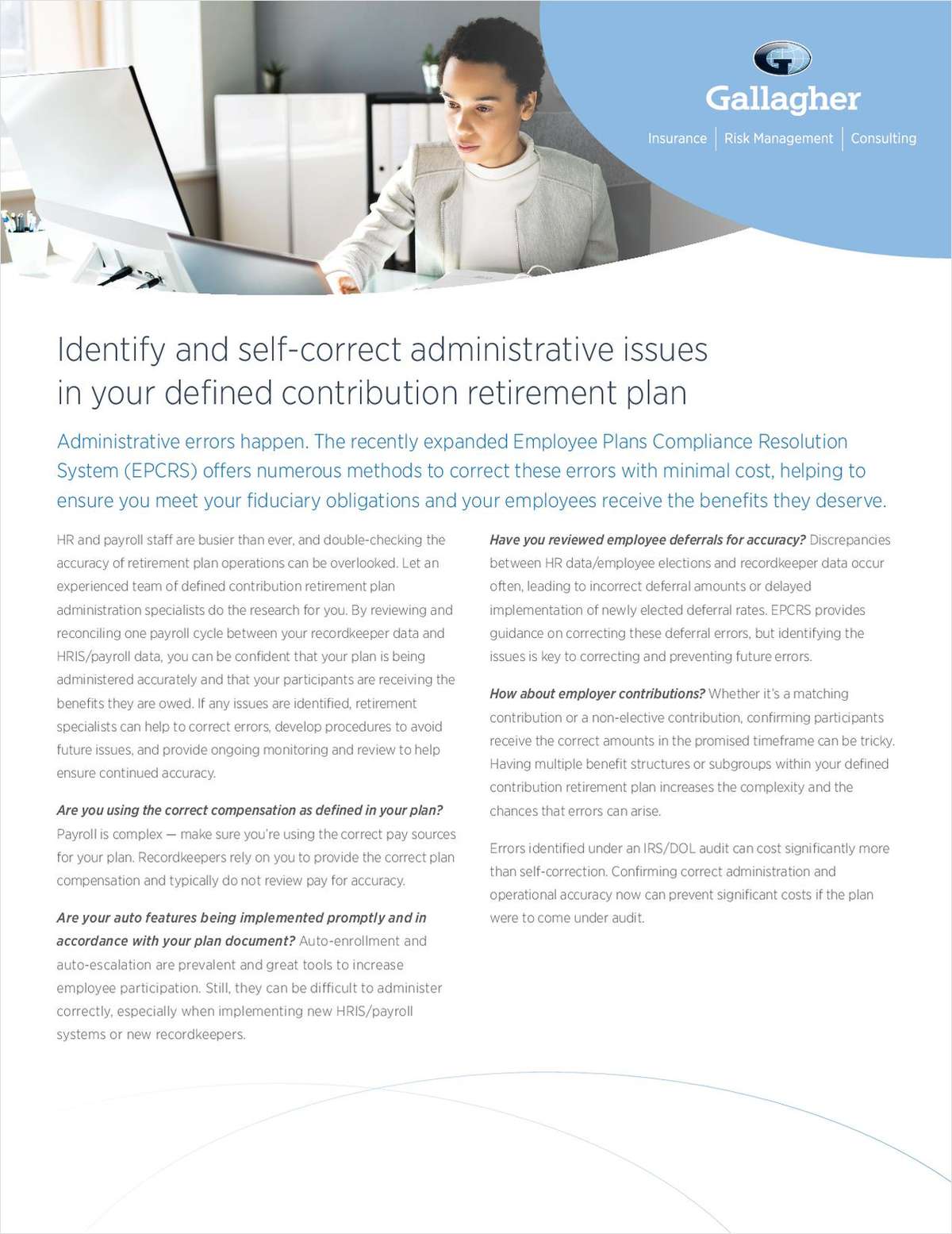 Medical treatment approaches are continuing to evolve from long-established and accepted treatment methods to evidence-based medicine. Cardiac care is one area experiencing evolving approaches to treatment based on new evidence-based information.
Medical treatment approaches are continuing to evolve from long-established and accepted treatment methods to evidence-based medicine. Cardiac care is one area experiencing evolving approaches to treatment based on new evidence-based information.
The National Heart, Lung and Blood Institute recently released a study involving over 5,000 patients with cardiovascular disease. They were able to demonstrate that a surgical procedure is not the only option for an arterial blockage. Instead, physicians can intervene earlier with preventative treatments or medications and achieve similar outcomes. Additionally, further research into "established" medications has resulted in changes in recommendations from the American College of Cardiology and the American Heart Association to rely on fewer classes of anti-hypertensive medications and use those with proven cardiac benefits and outcomes.
Related: 5 top causes of disability leave
Treatment of individuals on disability with a cardiac condition should employ the same approach, using analysis and intervention to ensure the best treatment options and a return to health, wellness and work. When someone goes on disability, it is important to address their issue and initiate recovery efforts as quickly as possible. The longer the leave, the more difficult the recovery and return-to-work efforts.
Intervention can have a strong impact on cardiac disease and its related complications. While someone is on disability leave, illness or injury complications can arise, and comorbid conditions like depression, diabetes and musculoskeletal issues can become more apparent or worsen through lack of engagement or inactivity. These conditions can prolong the leave duration, not to mention the recovery process. Analysis of Sun Life's short-term disability cardiac claims from 2018 shows that diabetes and behavioral health issues can separately prolong leave duration by an average of 30 days.
The disability industry is now integrating more in-depth clinical models into claims analysis and management with a focus on treating the whole person. An integrated model supports the treatment of comorbid conditions alongside the primary diagnosis. Earlier engagement allows the medical provider and disability insurer to work together to identify opportunities to assess treatment based on recovery rate, comorbid conditions and other factors that might develop or worsen after the initial claim is filed. Case managers, clinicians and vocational specialists can collaboratively assess whether the member needs additional intervention, and can proactively intervene with calls to treating providers and employers.
We recently worked with a truck driver who was on disability leave for heart failure but wanted to return to work. Our clinical team connected with the medical provider to get a better understanding of the person's restrictions and limitations to find him more suitable job opportunities for his current capabilities.
Another person we worked with had an aneurysm requiring heart surgery, and experienced additional health complications during recovery. She wanted to return to work and was fearful of termination if she did not. Our vocational consultant reached out to her employer and treating physician to discuss how her duties could be modified as she continued working back up to her full capacity.
Just as new focus on evidenced-based medicine has led to improved experience and outcomes for patients with cardiac conditions, early focus on vocational efforts can improve return-to-work opportunities. Early discussions about return-to-work and potential job accommodations turns the conversation from sickness and impairment to restoration of health and productivity. Plans for a return to work can be a huge motivator for participation in rehabilitation programs and facilitating speedy recoveries. Consistent and continued communication among the case manager, physicians, vocational specialists and the employer is vital to the process and a successful outcome.
Cardiac disease and its associated health conditions have traditionally been associated with high levels of impairment and disability, but we can improve patient care and outcomes with our approach to claims management. We believe that people are happiest and healthiest when they can work, support their families and contribute to society. By looking at evidence-based treatments as part of the disability claim, introducing return-to-work discussions early and often, and developing a tailored plan that meets the unique needs of each person, we can help people get healthy and return to productive work while reducing the cost and length of treatment, and shortening the time away from the office.
Dr. Tracy Hamill is medical director at Sun Life U.S.
Complete your profile to continue reading and get FREE access to BenefitsPRO, part of your ALM digital membership.
Your access to unlimited BenefitsPRO content isn’t changing.
Once you are an ALM digital member, you’ll receive:
- Breaking benefits news and analysis, on-site and via our newsletters and custom alerts
- Educational webcasts, white papers, and ebooks from industry thought leaders
- Critical converage of the property casualty insurance and financial advisory markets on our other ALM sites, PropertyCasualty360 and ThinkAdvisor
Already have an account? Sign In Now
© 2025 ALM Global, LLC, All Rights Reserved. Request academic re-use from www.copyright.com. All other uses, submit a request to [email protected]. For more information visit Asset & Logo Licensing.








